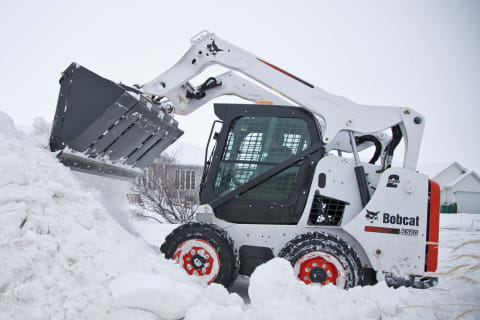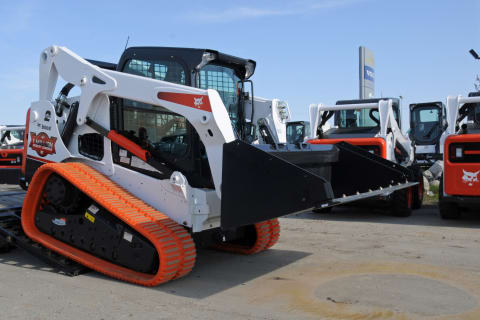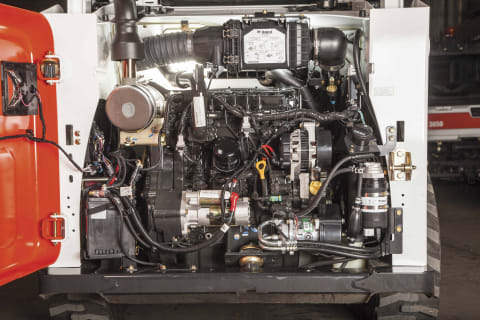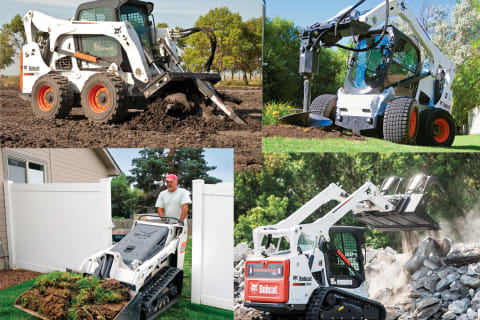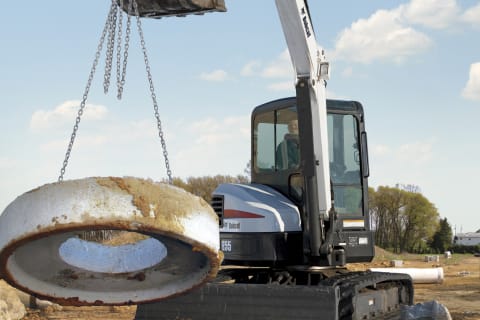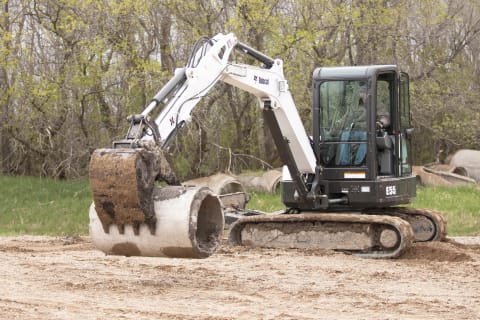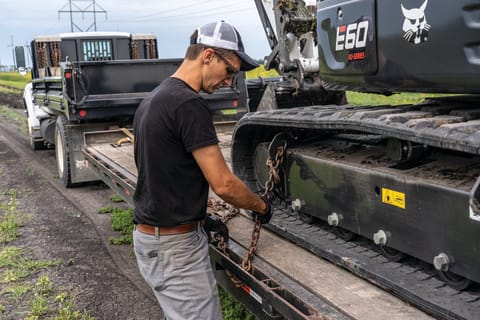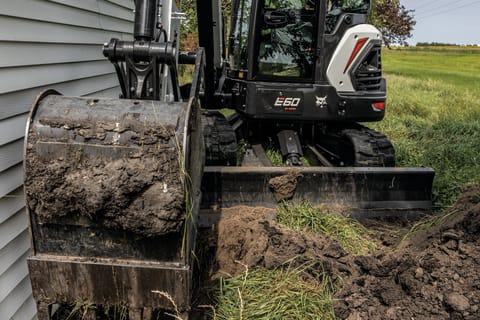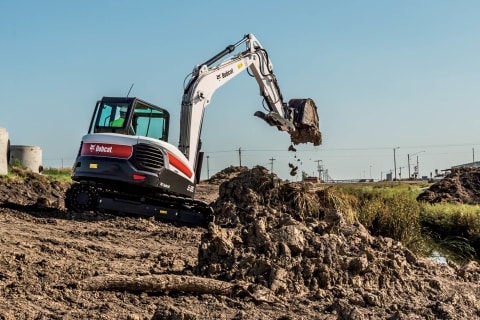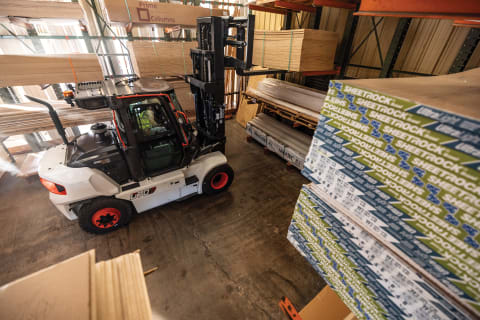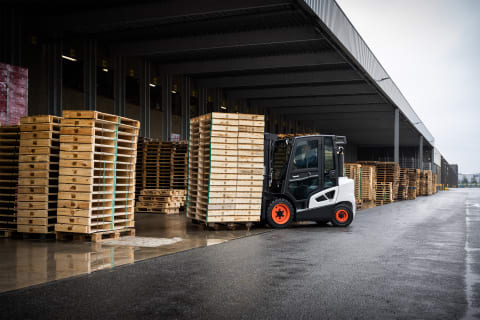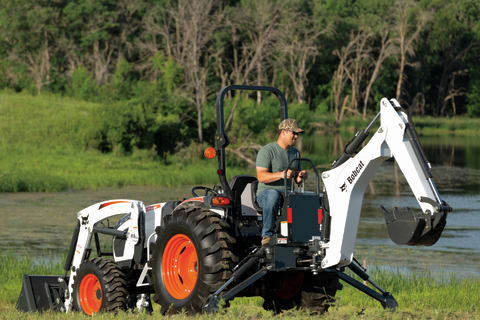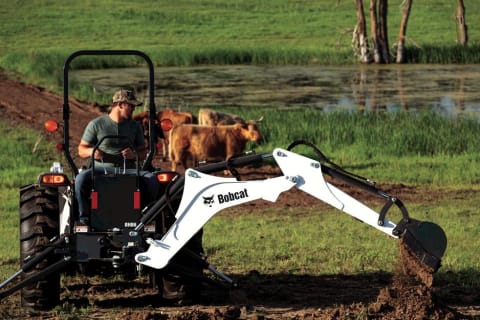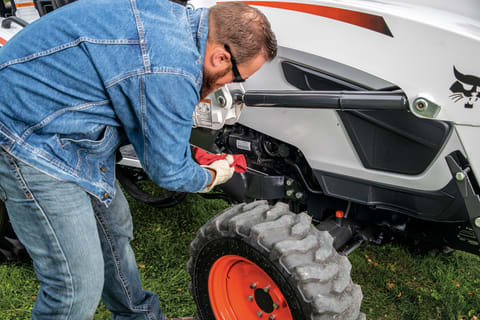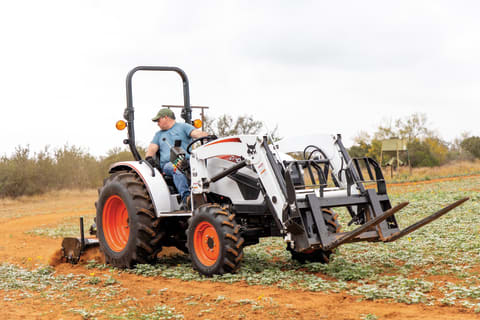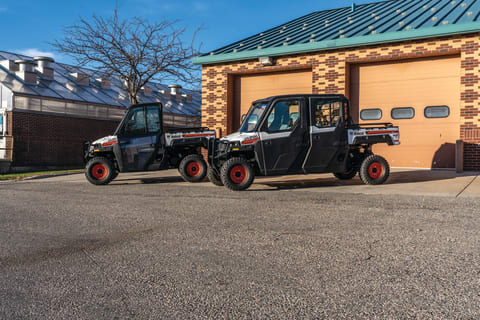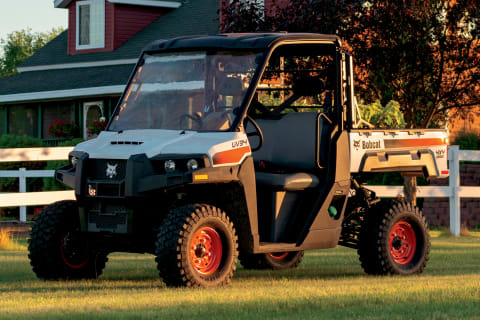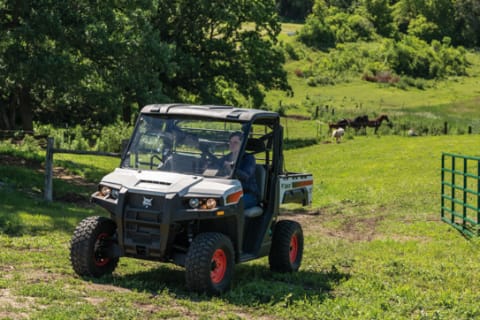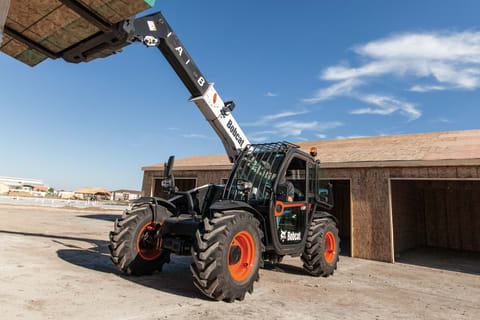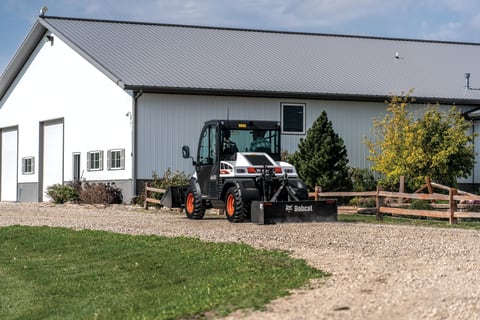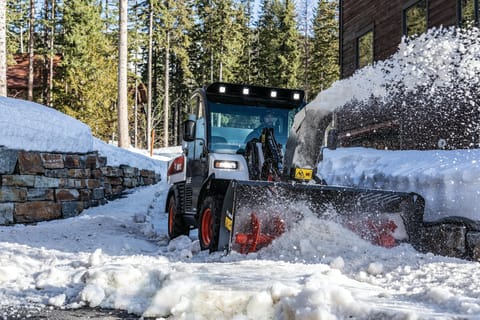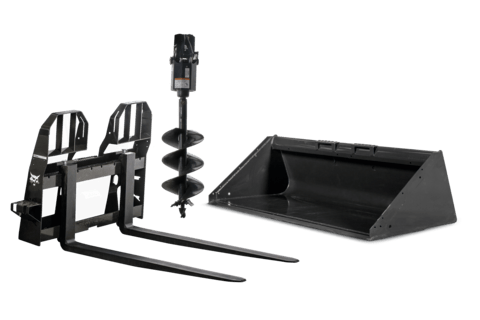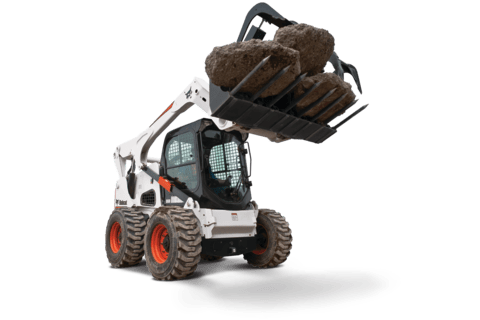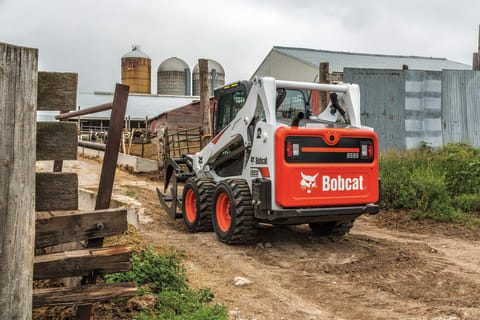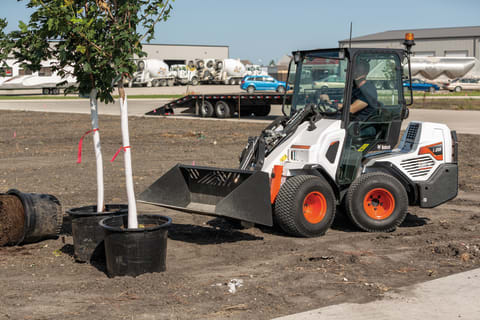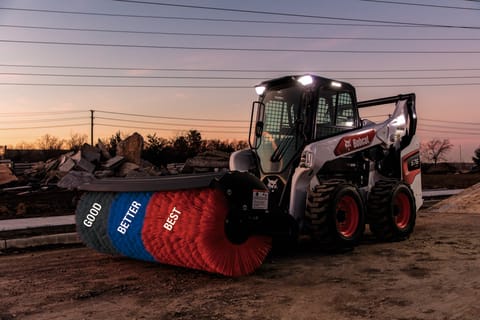Loaders
View All Articles- How to Prep Skid-Steer Loaders for Winter Work
How to Prep Skid-Steer Loaders for Winter Work
Winter is no time to park your skid-steer loader and let it sit idle until warmer weather. Prepare your machine for the cold and add the right snow attachments. - Top 4 Bobcat Machines to Make Snow Removal Easy
Top 4 Bobcat Machines to Make Snow Removal Easy
Whether you plan to rent or buy, choosing the right machine for your weather conditions and work can save valuable time and money. - How to Evaluate Your Dealer’s Maintenance Expertise
How to Evaluate Your Dealer’s Maintenance Expertise
You’re busy on the jobsite. That's why it’s important to re-evaluate who can most cost-effectively maintain your compact equipment — you or your dealer? - Avoid Costly Downtime with a Preventive Maintenance Checklist
Avoid Costly Downtime with a Preventive Maintenance Checklist
We all know the revenue needle stops moving during unexpected downtime. That’s why preventive maintenance is so important to your business. - Transporting Your Compact Loader
Transporting Your Compact Loader
There are several steps that should not be overlooked when you need to transport your compact loader. - Three Ways to Improve Skid-Steer Loader Productivity
Three Ways to Improve Skid-Steer Loader Productivity
You can’t afford for your skid-steer loader to breakdown. Commit to three maintenance habits to significantly extend the life of your skid-steer loader. - Loaders Backed by Legendary Bobcat Durability
Loaders Backed by Legendary Bobcat Durability
When shopping for a new skid-steer or compact track loader, the loader’s quality and serviceability are major drivers of value, because they can maximize your uptime protection. - The Latest Loader Features You Can’t Live Without
The Latest Loader Features You Can’t Live Without
When it comes to evaluating the pros and cons of a compact loader, a lot of people are tempted to give little notice to operator comfort. - Checklist: Compare Skid-Steer Loaders, Compact Track Loaders and All-Wheel Steer Loaders
Checklist: Compare Skid-Steer Loaders, Compact Track Loaders and All-Wheel Steer Loaders
Which compact loader type is best for you? With the growing product choices, it is challenging to find the right loader for your needs. - The Basics: Compact Loaders
The Basics: Compact Loaders
Today, there’s a wide selection of innovative compact equipment that serves a variety of purposes and adds efficiency to construction projects.
